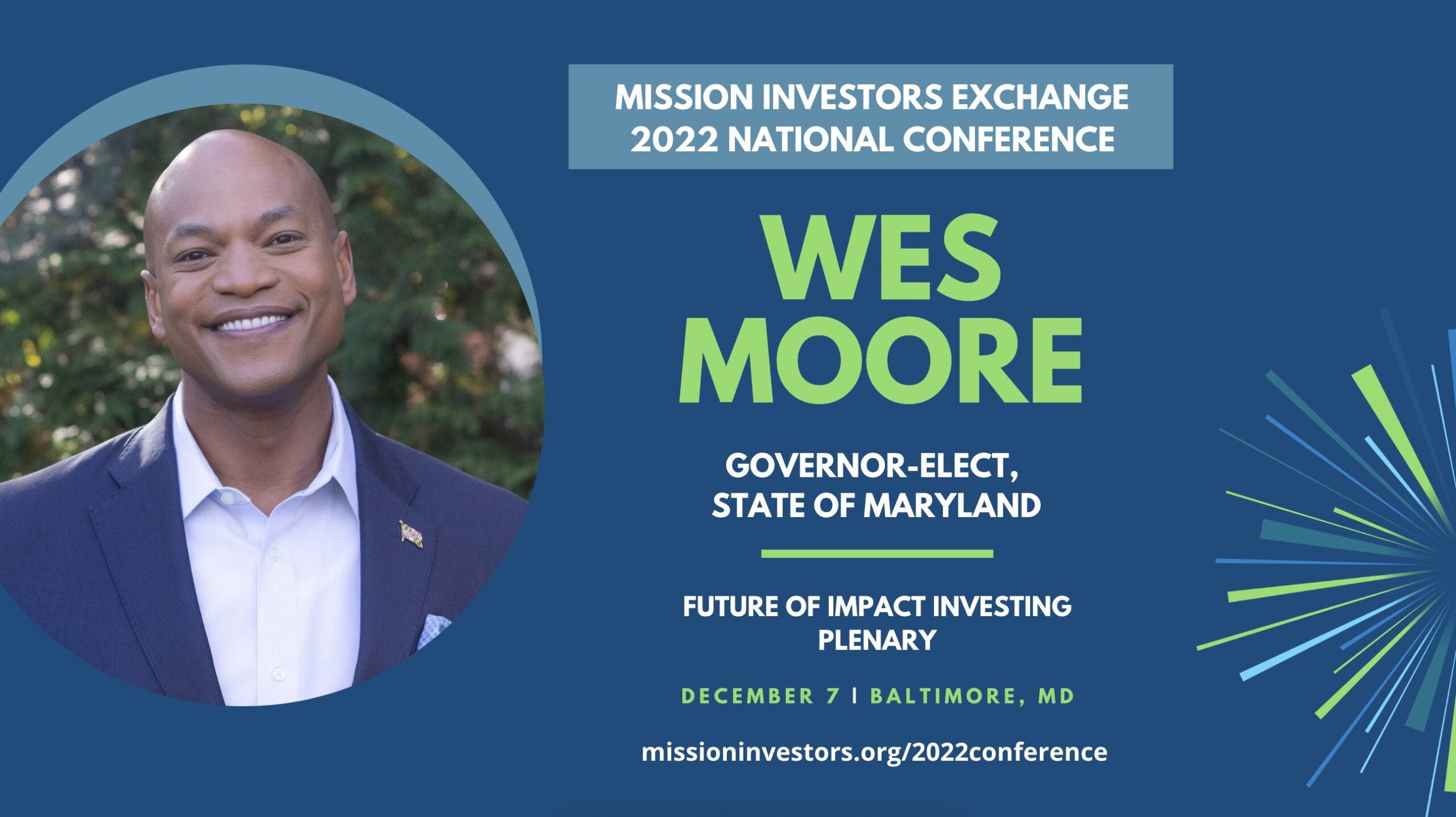After years of discussion, negotiation, failed efforts, and disappointment, we finally have a once-in-a-generation bill that will invest in the physical infrastructure of this nation.
Now is the moment for impact investors and their partners to take decades of experience investing in the built environment and apply their knowledge to rebuilding communities across the country.
The historic $1.2 trillion infrastructure spending package, passed by a bipartisan group of legislators and signed this week by President Joe Biden, accelerates investments across multiple categories of infrastructure at the heart of the $2.5 trillion infrastructure investment gap identified in the 2021 American Society of Civil Engineers Report Card.
Funds in the bill are designed to modernize and rebuild essential infrastructure and address the human-centered climate change crisis and include the following functional categories of capital investment:
- $110 billion for roads and bridges
- $39 billion for public transit
- $66 billion for Amtrak maintenance needs
- $12.5 billion for electric vehicles
- $65 billon for broadband improvements
- $65 billion for power grid improvements
- $25 billion for airports
- $55 billion for water, wastewater, and sewers
The unprecedented scale of investment in the infrastructure bill is remarkable and unique, especially in the manner in which it highlights the importance of equity and inclusive growth. In acknowledging the legacy of systemic racism throughout the history of American infrastructure, construction, and maintenance decisions, Secretary of Transportation Pete Buttigieg has sought to disrupt what experts have shown are long-held patterns of inequality and segregation.
Policymakers have acknowledged that the way we invest in the built environment has dramatic and long-lasting impacts on people and communities, beyond what is visible on the surface. The impact investing community knows this well and is practiced at digging below the surface to better understand how the flows of capital impact people, place, and environment.
Public finance
Unlike the recent American Rescue Plan, which relied on grants as the primary funding mechanism, the infrastructure bill employs grants in conjunction with public finance mechanisms, such as private activity bonds, public-private partnerships, revolving loan funds and other capital tools to achieve its goals. While civic leaders, construction firms, and municipal attorneys know these tools well, some lack a deeper understanding of how the tools of public finance can be designed to not only improve the built environment but also the lives of community members. This means asking questions like: 1) Who gets to build the infrastructure? 2) Who is it built for? 3) What tradeoffs are made? 4) Who decides the priority of spending? and 5) How is the plan of finance structured?
For example, the bill reauthorizes Drinking Water State Revolving Loan Funds (DWSRF), an incredibly important program for underwriting essential public services for small to mid-size cities. It’s important not only because it enables $48.4 billion over the course of five years for drinking water and wastewater spending at the U.S. Environmental Protection Agency, but it also increases the minimum percentage of additional subsidies designated for disadvantaged communities from 6 to 12 percent. That’s great progress. As those subsidies begin to flow to communities, it will be important to ensure local firms have a seat at the implementation table, and this is a place where impact investors can tip the scales.
To give one example, take Greenprint Partners, a woman-owned green infrastructure engineering and consulting firm that helps communities invest in green stormwater infrastructure. A firm like Greenprint could be positioned to take a leading role in the implementation of these expanded programs across the country with help from the impact investing community. Their approach to community engagement, resilience, and community ownership impact would not only impact the immediate residents of a community receiving this investment but also generations to come.
The bill will also broaden the discretionary authority of states to assist disadvantaged communities with grants, negative interest loans, forgiveness of principal, and loan forgiveness for DWSRF revolving loan fund programs. States will also be empowered to buy, refinance, or restructure the debt of a disadvantaged community, which will act as a powerful tool that can result in meaningful support for the hardest-hit communities that need to finance essential services while operating with diminished resources.
Again, this represents a powerful opportunity for impact investors. Congress created an infrastructure financing vehicle that acknowledges the disparate conditions on the ground created by decades of disinvestment and attempts to create greater parity. Impact investors could leverage this capital to create an unprecedented opportunity for disinvested communities to catch up to those favored in previous infrastructure investment policies.
The bill also dedicates $1 billion to fund redevelopment plans to reconnect historically underserved communities divided by highways and other infrastructure blockades. This addresses a long-standing, and well documented, issue facing African-American communities. In this way, the bill establishes a roadmap for a visionary redevelopment process that foregrounds both inclusive and economic outcomes, addresses past displacement, and calls on a range of infrastructure mechanisms to achieve stronger social determinants of equity. Finally, we have an opportunity to take use the same funding mechanism that ripped apart communities across the country and attempt to stitch them back together.
The overall focus on equity also shows up in the bill’s focus on climate change. It authorizes $50 billion to protect against drought, excessive heat waves, floods, and wildfires, as well as securing major investments in weatherization. It represents not only the single largest investment in natural resiliency systems in U.S. history but is significant in how it aids communities addressing the man-made factors of the crisis and promotes awareness of the disproportionate impact on communities of color.
Dozens of brilliant social enterprises, private companies, and nonprofits work to slow climate change with a focus on low-income people: PosiGen, Bloc Power, Neighborhood Sun, The Nature Conservancy, and others are well positioned to absorb this capital with equity at the center of their strategies.
By and large, the infrastructure bill is a momentous opportunity for leaders at every level to recover from the pandemic downturn, reassess and reimagine capital investment processes, and accelerate the discourse on equity and community investment.
Impact investors can – and should – be grappling now with how to assist in all of those efforts.
Lourdes Germán is an assistant professor of the practice at the Boston College Carroll School of Management and a senior advisor to The Kresge Foundation’s Social Investment Practice and American Cities Program.
Aaron Seybert is managing director of social investment practice at Kresge Foundation.











